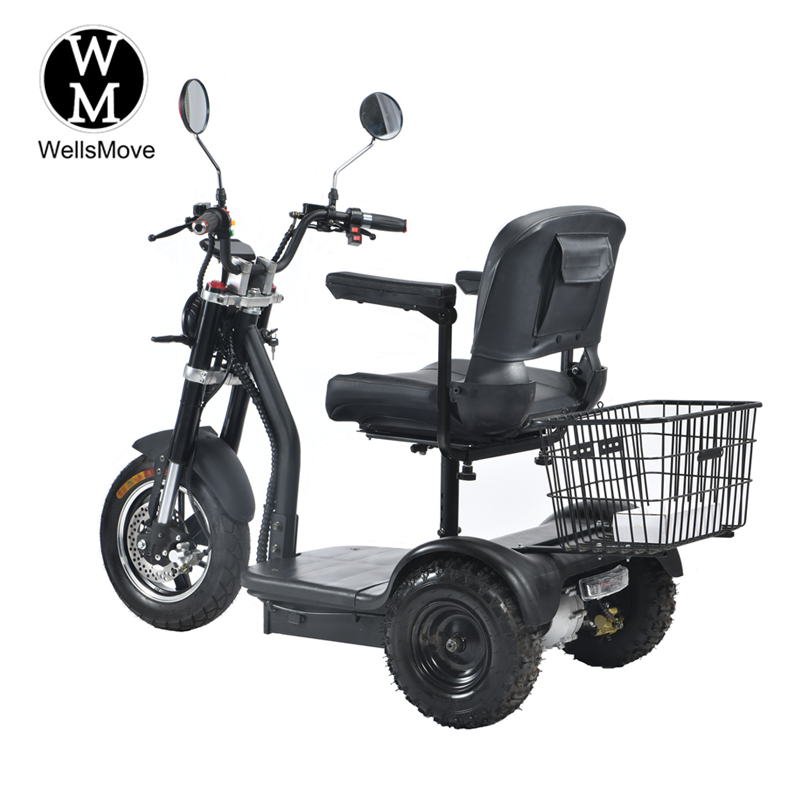Scooters have become a boon for people with reduced mobility. With their ease of use and convenience, these vehicles provide an important means of transportation for the elderly and disabled. However, like any electrical device, scooter batteries require proper care and maintenance. A question often asked by users is whether it is possible for electric scooter batteries to be overcharged. In this blog post, we debunk this myth and provide valuable insight into charging practices, lifespan and overall care of e-scooter batteries.
Learn about scooter batteries:
Mobility scooter batteries are typically sealed lead acid (SLA) or lithium ion (Li-ion) batteries. While SLA batteries are the most common, lithium-ion batteries offer higher energy density and longer life. Regardless of the type, the manufacturer’s charging guidelines must be followed as it directly affects the performance and lifespan of the battery.
Explore battery charging:
Electric scooter battery overcharging has always been a topic of concern for users. Contrary to popular belief, modern mobility scooter chargers are equipped with smart circuits that prevent overcharging. Once the battery reaches its full capacity, the charger automatically switches to maintenance mode or shuts down completely to ensure the battery is not overcharged. This advanced technology gives users peace of mind as they don’t need to worry about constantly monitoring the charging process.
Factors affecting battery life:
While overcharging may not be a major concern, other factors can significantly affect the lifespan and overall performance of an electric scooter battery. These factors include:
1. Undercharging: Failure to fully charge your battery on a regular basis can lead to sulfation, a condition that reduces battery capacity over time. It is essential to fully charge the battery after each use or as recommended by the manufacturer to ensure optimum performance.
2. Temperature extremes: Exposing a battery to extreme temperatures, whether hot or cold, will degrade its performance. It is recommended to store and charge your mobility scooter battery in a temperature-controlled environment to prolong its life.
3. Age and Wear: Like any other rechargeable battery, a mobility scooter battery has a limited lifespan. With age and wear, their capacity decreases, resulting in reduced runtime. It’s crucial to keep track of your battery’s lifespan and plan for replacement if necessary.
Best practices for maintaining your mobility scooter battery:
To maximize the life and performance of your scooter battery, follow these best practices:
1. Charge regularly: Make sure the battery is fully charged after each use or as recommended by the manufacturer to prevent sulfation.
2. Avoid deep discharge: try not to fully discharge the battery as it will damage the battery and shorten its overall life. Charge the battery before the battery charge reaches a critically low level.
3. Proper storage: If you plan to store the scooter for a long time, please make sure the battery is charged to about 50% and stored in a cool, dry place.
4. Consult the manufacturer’s guidelines: Always refer to the manufacturer’s guidelines and instructions for charging and maintenance practices for your mobility scooter battery.
While users may worry about overcharging e-scooter batteries, technology integrated into modern chargers ensures that overcharging is automatically prevented. Instead, focus on maintaining regular charges, avoiding deep discharges, and storing batteries properly to maximize their life. Following these best practices will contribute to the longevity and peak performance of your mobility scooter, giving you the freedom and independence you desire.
Post time: Aug-23-2023



